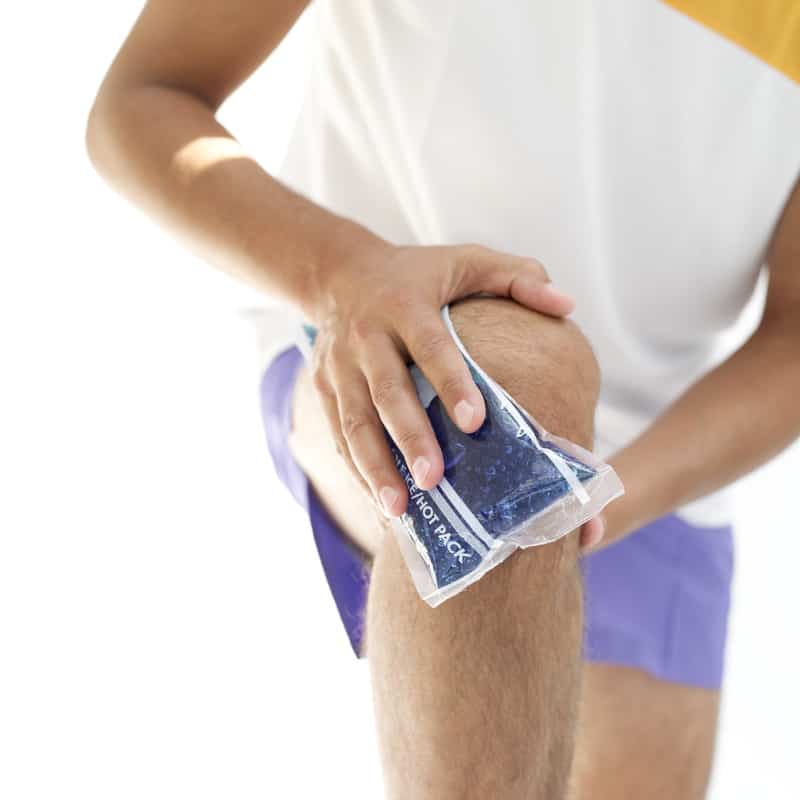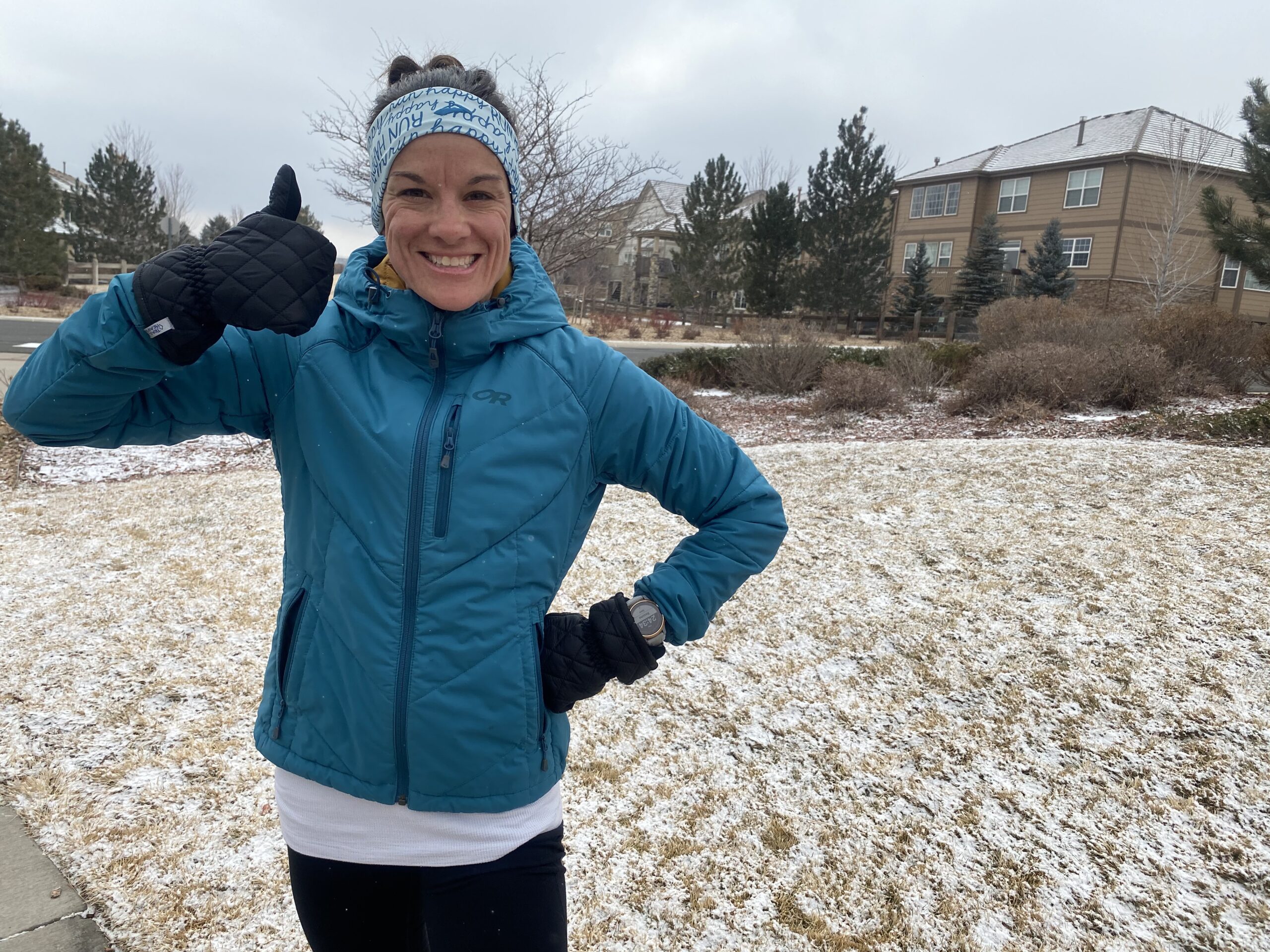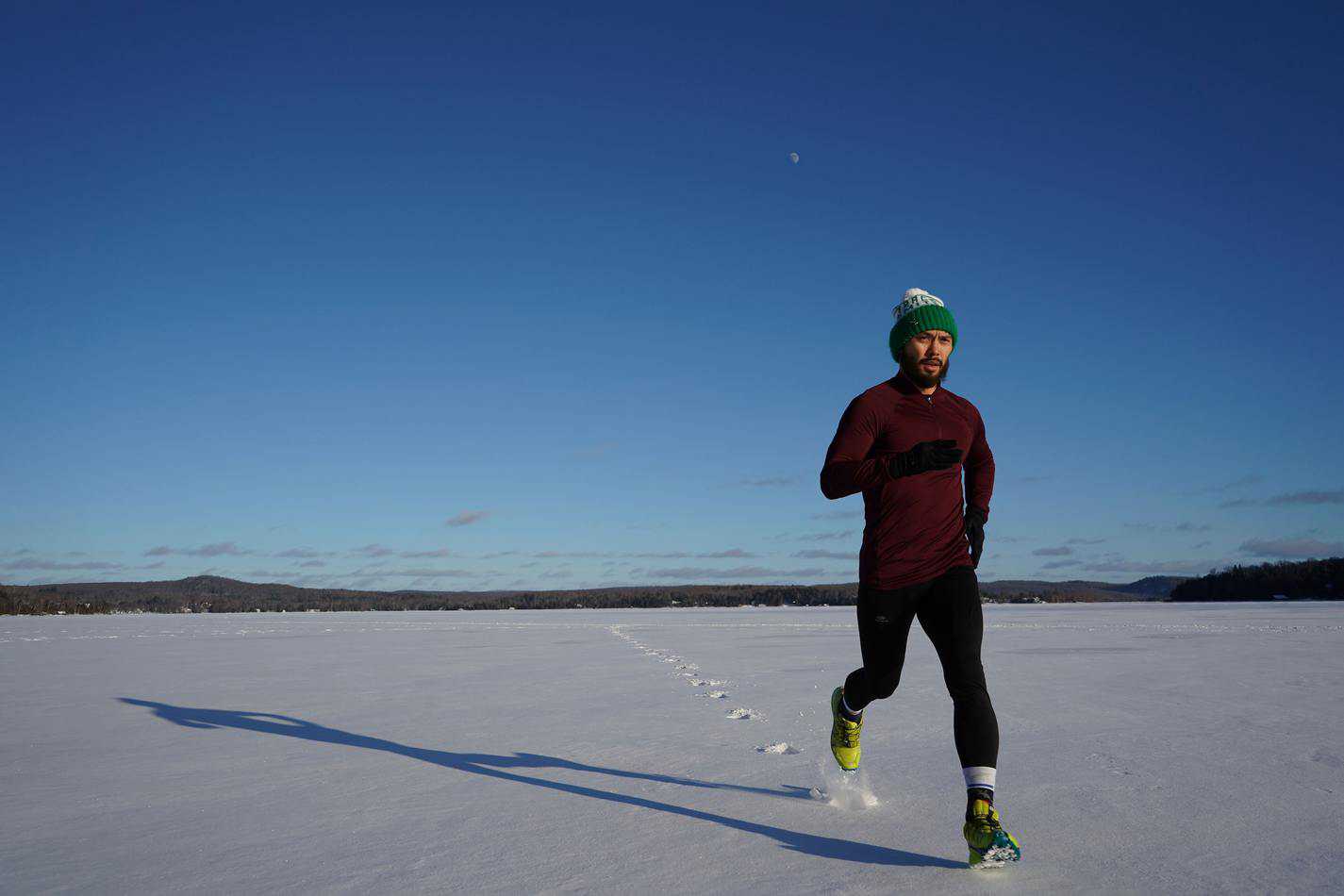There is no other feeling quite like that of finishing a long run each week. I personally choose to complete mine on Saturday mornings with a rest day on Sunday. This means I can look forward to a relaxing weekend after all of my hard work. Plus the accomplishment I feel of bumping up those miles each week gets me jazzed knowing that I’m that much closer to achieving my marathon goal. And you know what’s reminding me that I’ve been working hard and putting in the miles? My sore and aching body. I’m sure you know this feeling well, too…or if you’re new to marathon training then I guarantee you will. This is when you need to put your body into recovery mode and often times that means applying some ice or heat after your long run. But which one is better? Let’s find out.
So, should I apply heat or ice after a long run for recovery? Both heat therapy and ice can help soothe an aching body after a long run. They each have their advantages, and sometimes even alternating the two can be beneficial. Application of ice or heat may be all you need, while other times call for full submersion in a bath – either heated or with ice.
The idea of a warm, relaxing bath sounds about 100 times better than an ice bath, but some runners swear by this shocking remedy. Let’s find out if that process lives up to the hype or if heat works just as well, as well as the best applications for both heat and cold.
Why Runners Seek Heat and Ice After a Long Run
For anyone who’s taken on the “long run”, you know that the way your body feels after it’s over is different than after your lower mileage runs throughout the week. Maybe not so much in those long runs in the first few weeks, but once you’re hitting upwards of 12 miles, hobbling around for the rest of the day isn’t really uncommon. This is your body’s way of preparing itself to do more. It may not feel great, but this is how your body builds strength and endurance.
This is also when your body needs some recovery. Nutrition is a big part of it, as I explain in this article about why chocolate milk is practically liquid gold for recovering runners. After you’ve downed some carbs and protein post-long run, you’re probably ready to do something with those tired legs before ultimately getting some much-earned rest.
Applying heat or ice are two ways runners begin the recovery process. Some runners just feel an overall ache in their legs from ramping up the miles, while other runners might have more acute discomforts that need isolated treatment.
This article will give you a better idea about which therapy is best for your particular needs.
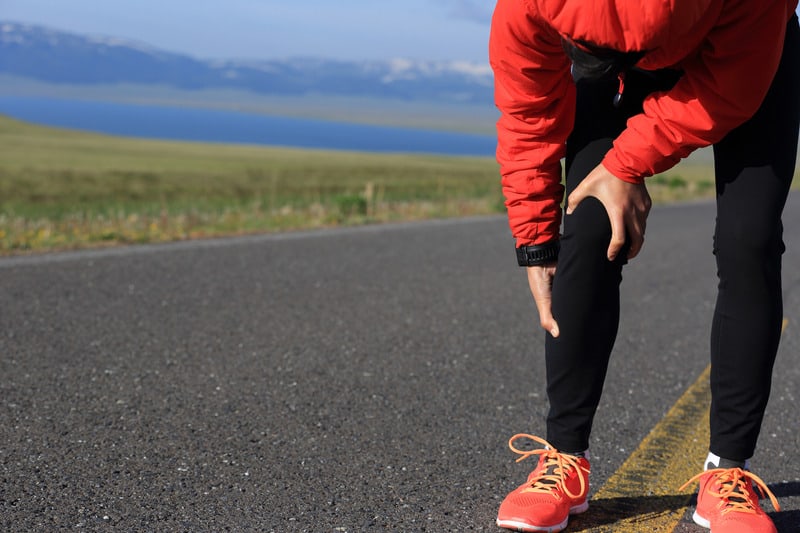
Heat Therapy After a Long Run
Most agree that heat therapy is best for muscle fatigue that comes from sustained exercise such as running a high amount of miles. This kind of chronic discomfort is often related to overuse and can be described more in the realm of soreness as opposed to pain. Partaking in a long run once per week will leave many runners in this category – the discomfort you feel is actually very normal.
Advantages of Heat
- Relaxes muscles
- Allows fluids to flow through the body more easily
- Increases circulation
- Is a great way to prime your muscles for stretching
Disadvantages of Heat
- Can increase inflammation which can actually make some acute injuries feel worse
- May not prevent delayed onset muscle soreness (DOMS)
Heat Therapy Application
- Hot Compress – A hot water bottle or a reusable compress are great choices for isolated discomfort. Heat should be applied heat for about 20 minutes at a time a few times per day. This is a great way to soothe achy areas after running.
- Hot Bath Soak – Submerging your body in a bathtub filled with water at a temperature of 92 and 100 degrees Fahrenheit relaxes and soothes tired and fatigued muscles after a long run.
- Hot Shower – Though soaking would give more significant benefits, the great feeling of relief and relaxation that can come from a hot shower certainly can’t be argued.
Cold Therapy (Ice) After a Long Run
According to this article from the Eastern Idaho Medical Center, ice is best used with acute injuries – something that hasn’t been ailing you that comes on suddenly. Obviously, if you are suffering from something that’s really impeding your running or feels painful, you should see a health professional.
But there are also particular sites on different runners’ bodies where specific discomfort might begin during a long run. If something just popped up during your run, icing it where it hurts is the way to go. This, combined with rest, may be your recovery ticket.
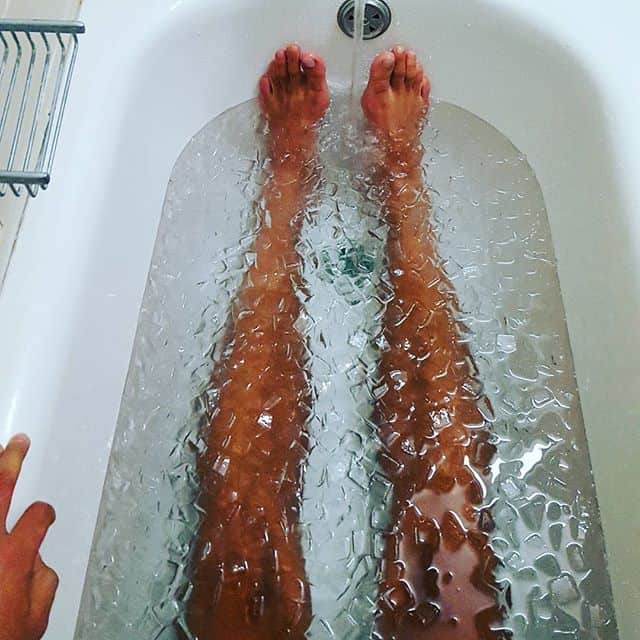
Advantages of Cold
Following are some of the advantages that athletes and physical therapists note:
- Numbs sore areas to relieve pain
- Reduces swelling and inflammation by restricting blood flow
- Lowers risk of tissue damage
- Boosts recovery
- Some say whole-body cold therapy can delay delayed onset muscle soreness (DOMS)
- An overall refreshed and recovered feeling when cold therapy submersion is utilized
Disadvantages of Cold
- Can be uncomfortable
Cold Therapy (Ice) Application
- Cold Compress – For acute pain, a cold pack is recommended. This should be applied for 15-20 minutes to the affected area 4-6 times per day for best results. Packaged frozen peas or a towel-wrapped bag of ice are easy DIY compresses if you need to make one in a pinch. Purchasing a bag such as this one or buying reusable heat/cold specific compresses are also a good investment. This is a proven method to reduce inflammation and aid in recovery.
- Ice Massage – A cold compress can also be used in this way by applying a circular motion to the sore joint, tendon, or muscle. With a massage, ice can be placed directly on the skin since it’s not staying in one place. About 5 minutes at a time is all you need.
- Ice Bath – Physiotherapist Craig Smith states, “legs fill up with ‘new’ blood that invigorates his muscles with oxygen to help the cells function better.” As with Smith’s athletes, many runners use this tactic religiously after a long run and attribute a large part of their recovery to it, women’s marathon record holder Paula Radcliffe being one of them. However, there is conflicting evidence on whether ice baths actually help athletes recover faster or perform better. Mcmillan Running explains how though there may not really be conclusive evidence to say that it helps a runner’s legs in recovery mode, if it helps someone mentally feel like they have “fresh” legs ready to roll, then that means it’s worth it for that runner. Ice baths should be about 15 minutes long with a temperature of about 55-60 degrees. Beware: This will not be comfortable!
- Cold Shower – Some suggest that a cold shower mirrors the benefits of an ice bath – as long as you can stand it long enough to work.
Best Therapy Combinations After a Long Run
In summary, heat therapy is best for chronic soreness that comes and goes through training cycles where you’re putting your legs under a lot of new stress. For most runners, applying heat by way of a warm bath is probably the best way to go. However, if you’re nursing a flare-up of acute discomfort in a particular area, such as the Achilles tendon, cold therapy through a compress will be your best bet to reduce inflammation.
Chances are a combination of both heat and ice can work well for many runners after a long run. Runners have so many options in the choices they make and no two runners are alike. This is another time where what works best for one runner may not work at all for someone else. Luckily, the risks for both heat and cold therapy are very low. My recommendation is that you try different options that work best for you.
If the idea of an ice bath sounds completely awful, there’s really no reason to subject yourself to the 15 minutes of discomfort that are sure to happen. Last year I tried soaking just my sore feet and ankles in a bucket of ice water and I could barely stand it. I don’t plan to try an ice bath anytime soon but never say never.
After your long run it’s best to remember:
RICE — Rest, Ice, Compression, Elevation. Working in massage, foam rolling, a warm bath, legs up a wall, and stretching are great ways to aid in recovery as well.
